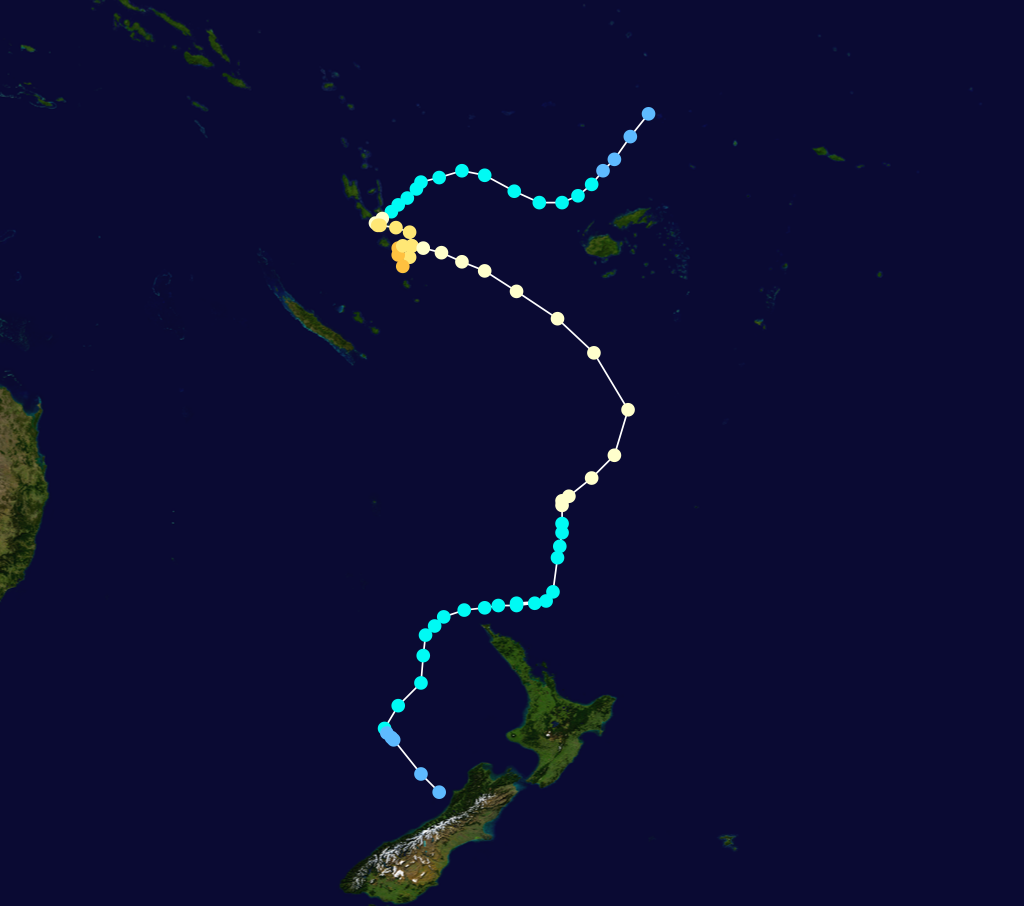National pride in sport
I'm intrigued by the idea of sports players acting like avatars for the people of a region or country, representing them in competitions with other regions. But what if the player is very evidently not from that region or country?
A large number of Rugby World Cup 2011 players 'migrated' to play for another country in the championship.
How to read this chart:
At the left are the countries which players played for. At the right are the countries where they were born. The width of the ribbons shows how many players moved between those two countries.
- New Zealand appears as the biggest exporter of talent. There are large numbers of Pacific Islander players living in New Zealand who returned to their ancestral home to play - Samoa is highly visible.
- Samoa, the USA and Italy are the biggest importers of talent. Samoan players are generally ethnic Samoans from families living in New Zealand. Italy had several ethnic Italians from Argentina. The USA's figures are inflated by American Samoa players, who are considered to be 'migrated', but it still imported seven other players born around the globe.
- A famous migrant is Quade Cooper, the New Zealand-born Australian player, who was booed in New Zealand RWC games. Quade's success was particularly resented because it worked against his birthplace.
- Many of the migrated players, like Quade, moved early in life to their adopted countries. But for others, citizenship will have been planned in time for the RWC. Zimbabwean Tendai 'Beast' Mtawarira has had challenges with eligibility to play for South Africa, luckily resolved in time for RWC 2011.
- It's easy to understand the inflow from countries with little chance of participating. On the other hand, several participating countries have both an inflow and an outflow of players - most notably there is cross-flow between New Zealand and the Pacific Islands, but note also England and South Africa.
- Blips in the data - the structure of the UK makes for interesting analysis. Both the UK and its constituent parts (Scotland, England, etc.) are considered countries. However, Northern Irish players play for a pan-Ireland team, regardless of citizenship (this makes for an interesting challenge of what to play when it's time for the national anthem!). The Northern Irish players are shown here as 'migrated' when, in fact, they are playing for their team: Ireland.
Technical details: I created this chart in javascript library Protovis.















